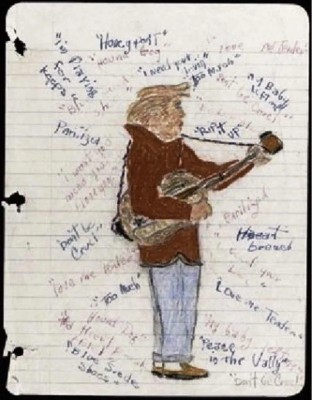Katyn Forest Massacre: Stalin's Order, the Soviet War Crimes and Polish History
The Katyn Massacre: Stalin's 1940 execution of 22,000 Polish elites, denied for decades, remains a symbol of Soviet repression and historical injustice
Table of Contents
- Overview of the Katyn Massacre
- The Motive: Eliminating the Polish Elite
- Mass Executions Begin
- The Cover-Up and Nazi Discovery
- The Long Road to Truth
- Legacy, Memory, and Ongoing Controversy
Overview of the Katyn Massacre
The Katyn Forest Massacre, one of the most tragic episodes of World War II, deeply affected Soviet-Polish relations and became a symbol of politically motivated violence. It occurred in the spring of 1940, following the Molotov-Ribbentrop Pact signed in August 1939 between Nazi Germany and the Soviet Union, which led to the division of Poland.
The Soviet Union occupied eastern Poland, capturing around 250,000 Polish soldiers and civilians. Among them was a significant portion of the Polish intellectual elite—officers, doctors, professors, and lawyers—who were held in camps like Kozelsk, Starobelsk, and Ostashkov.
The Motive: Eliminating the Polish Elite
On March 5, 1940, Lavrentiy Beria, head of the NKVD (Soviet secret police), proposed to Joseph Stalin and the Politburo that Polish prisoners be labeled as "counter-revolutionary elements" and executed. Stalin approved the proposal, and the order to execute approximately 22,000 prisoners was issued.
Mass Executions Begin
The mass executions began in April 1940. The most infamous execution site was the Katyn Forest near Smolensk, western Russia, where prisoners from Kozelsk were taken, shot in the back of the head, and buried in mass graves. Similar executions occurred in Kalinin (now Tver) and Kharkiv.
The Cover-Up and Nazi Discovery
When Nazi Germany invaded the Soviet Union in 1941, German troops discovered the mass graves in Katyn Forest on April 13, 1943. The Nazis used this to spread propaganda and weaken the Soviet-Western alliance by accusing the Soviets of the massacre. In response, the Soviet Union falsely blamed the Nazis for the executions, claiming they occurred during Germany’s occupation in 1941.
Soviet authorities actively covered up the crime, manipulating evidence and witness accounts. Due to political pressure, international investigations—like those by the Red Cross—were inconclusive. The truth remained obscured during the war.
The Long Road to Truth
After the war, the Katyn case remained a politically sensitive issue. The Soviet Union continued to deny responsibility, while Poland’s government-in-exile and its people faced censorship. It wasn't until the 1980s, under Mikhail Gorbachev’s glasnost era, that the first official acknowledgments surfaced.
In 1990, the USSR formally admitted responsibility for the massacre and released NKVD documents confirming Stalin’s execution order. In the 1990s, Russia handed over victim lists and execution details to Poland. According to English Wikipedia, the Russian government reaffirmed its responsibility again in 2010, though some archives remain closed, fueling skepticism.
Legacy, Memory, and Ongoing Controversy
The massacre had devastating consequences for Polish society, erasing an entire generation of its educated elite. Katyn became a symbol of Soviet repression and Poland’s struggle for justice. In Poland, Katyn is commemorated as a national tragedy, with annual memorials and a dedicated site at the Katyn Memorial Complex.
Despite official recognition, controversies persist. Some parts of the archives remain classified, and differing narratives between Poland and Russia continue to cause tension. The event has become a cornerstone of Polish national identity, explored in numerous books, artworks, and films—most notably Andrzej Wajda’s 2007 film "Katyn", which garnered international acclaim.
Get Free Gifts & Best Stories!
Join our newsletter to get our top stories of the month and free merch.
- 📚 Cool Stories: Read stories you won’t find in textbooks.
- 🎁 Free Gifts: Get exclusive stickers, t-shirts, and more!
Only 1 email a month. No spam, we promise!

